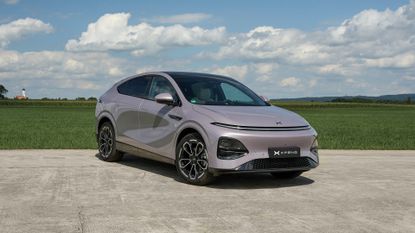Auto
The latest Auto breaking news, comment, reviews and features from the experts at T3
Explore Auto
-
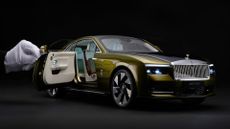
2025 Christmas car gifts that petrolheads will actually want
From scale models to gallery-quality prints, books, F1 merchandise and Lego sets, these are our favourite car gifts of 2025
By Alistair Charlton Published
-
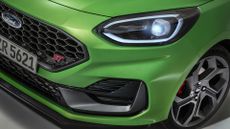
Is Renault about to revive the Ford Fiesta for a new EV era?
Ford and Renault are going to build small, affordable electric cars together
By Alistair Charlton Published
-

Mercedes GLB gets the full electric treatment, making it a highly competitive compact SUV option
The GLB replaces the EQB as Mercedes' more affordable compact SUV
By Mat Gallagher Published
-
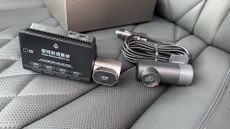
70mai 4K T800 Dash Cam review: superior shooting from three angles
A beefy three camera setup offers excellent quality video coverage for inside and out of any vehicle
By Rob Clymo Published
-

Apple CarPlay getting a couple of new features soon – some already have them
This update makes better use of the screen space which drivers will appreciate
By Chris Hall Published
-

UK EV owners could find this week's budget to be a double-edged sword
There could be great news for new EV owners, but current drivers might be stung
By Rik Henderson Published
-
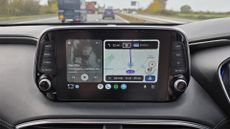
Android Auto getting Google Maps update EV drivers will especially love
Finding the right charging station for your EV could soon be easier in Android Auto
By Chris Hall Published
-
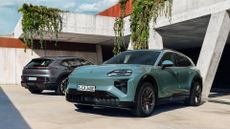
Porsche finally reveals new electric Cayenne Turbo – and it’s a beast
The electric Porsche Cayenne is hugely impressive. But is it actually too powerful?
By Alistair Charlton Published
-

Press Start: This Rolls-Royce ‘Ghost Gamer’ is inspired by retro video games
Bespoke Rolls-Royce Black Badge Ghost is an ode to 8-bit arcade games
By Alistair Charlton Published
-

Ford’s first PHEV Ranger truck isn’t the hybrid you might expect
Ford Ranger Wildtrak plug-in hybrid brings battery power to this work-horse of a pickup truck, but it takes a slightly different approach to EV driving
By Mat Gallagher Published
-
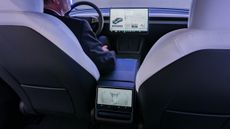
Apple CarPlay finally coming to Tesla, according to inside information
This huge change could shift the infotainment experience for Tesla drivers
By Chris Hall Published
-

Bentley's most radical Supersports yet is lighter, leaner, and looks like a muscle car
The new Bentley Supersports cuts a massive 500 kg from the Continental GT, ditching the hybrid system and the rear seats
By Alistair Charlton Published
-

Your next car could be an HDR car – Harman bringing TV tech into the automobile
Richer visuals are coming to the automotive sector thanks to a familiar name
By Chris Hall Published
-
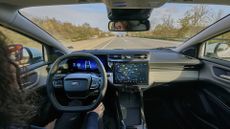
Ford will let you take your hands off the wheel in more of its models from next year
BlueCruise coming to more Ford models in 2026, making hands-free driving mainstream in the UK
By Mat Gallagher Published
-
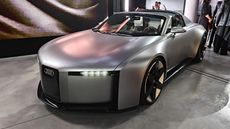
I saw Audi's new concept car in the UK – strap in for a new design era
The Concept C is a prelude to an on-the-road electric Audi tourer, due 2027
By Mike Lowe Published
-

Forget roof tents, this luxury camper gives you the five-star treatment
The Mercedes Marco Polo is to camper vans what glamping is to life under canvas
By Mat Gallagher Published
-
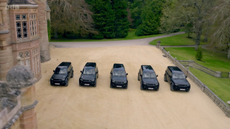
The real winner of the Celebrity Traitors was the Land Rover Defender
I'm an EV faithful, but for this car I'd be a traitor
By Mat Gallagher Last updated
-
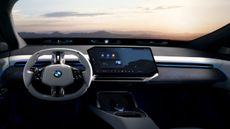
BMW to employ surprise AI assistant in cars – as it continues to distance itself from Apple CarPlay
Better voice controls are coming to BMW cars thanks to this partnership
By Chris Hall Published
-
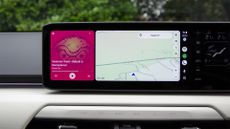
Android Auto finally gets the Gemini upgrade we've been waiting months for
G Day is finally here with Gemini rolling out to Android Auto for some
By Chris Hall Published
-

Bentley’s electric SUV could be the fastest-charging EV yet
The first electric Bentley is set to charge more quickly than any other
By Alistair Charlton Published
-
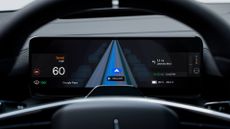
Google Maps now offers real-time lane guidance, but only in this one car
This clever new Google Maps feature is unique to the Polestar 4
By Alistair Charlton Published
-
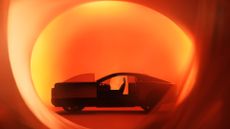
Toyota targets Bentley and Rolls-Royce with luxury Century brand
Toyota launches new super-lux brand with this striking coupe concept
By Alistair Charlton Published
-

This chauffeur app is an ultra-luxe Uber alternative
Wheely makes the luxury chauffeur lifestyle as easy as Uber – but it comes at a price.
By Alistair Charlton Published
-
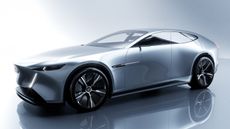
I can’t wait to see this hybrid Mazda concept become reality
Mazda wows with stunning new hybrid concept
By Alistair Charlton Published
-
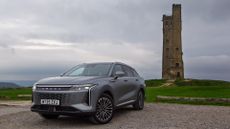
Long-distance caller – the hybrid SUV that leaves even diesels for dust
Omoda 9 is a plug-in hybrid with a 700-mile range, making this the ultimate motorway SUV
By Mat Gallagher Published
-

Mini Paul Smith edition is the ultimate British car collaboration – and you can actually buy it
Just wait until fashionistas set eyes on this special edition Paul Smith Mini
By Chris Hall Published
-

Android Auto's latest update gets you ready for even bigger upgrades to come
How you interact with Android Auto could be about to change
By Chris Hall Published
-
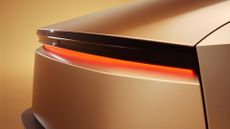
Tesla's self-driving Cybercabs might actually be driveable
A steering wheel sure does take the self-driving shine away, though
By Sam Cross Published
-
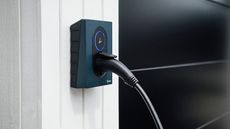
Best home EV chargers 2025: electric car wall boxes for the home
Buying Guide We've plugged in the best home EV chargers and these are the best of the bunch – plus why you'll want to consider buying
By Rob Clymo Last updated
Buying Guide
